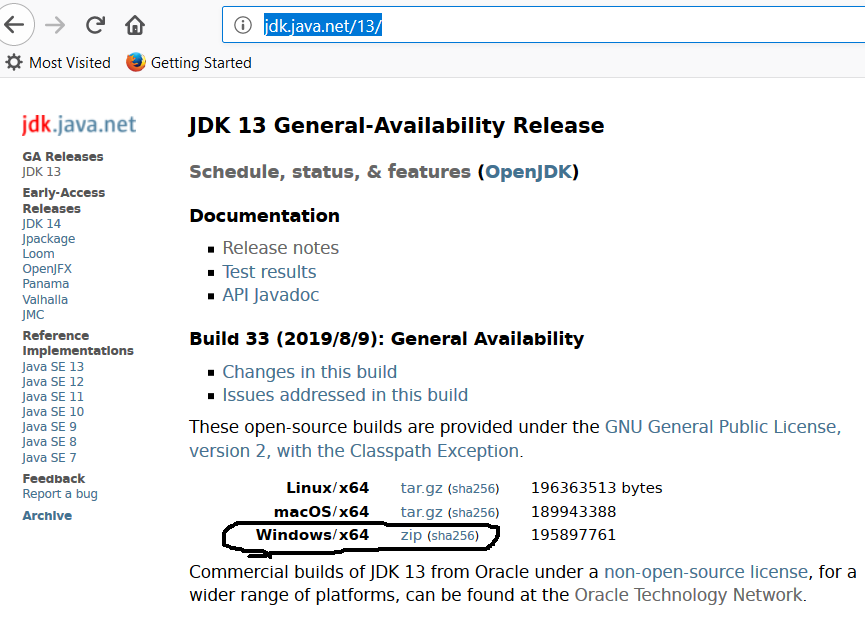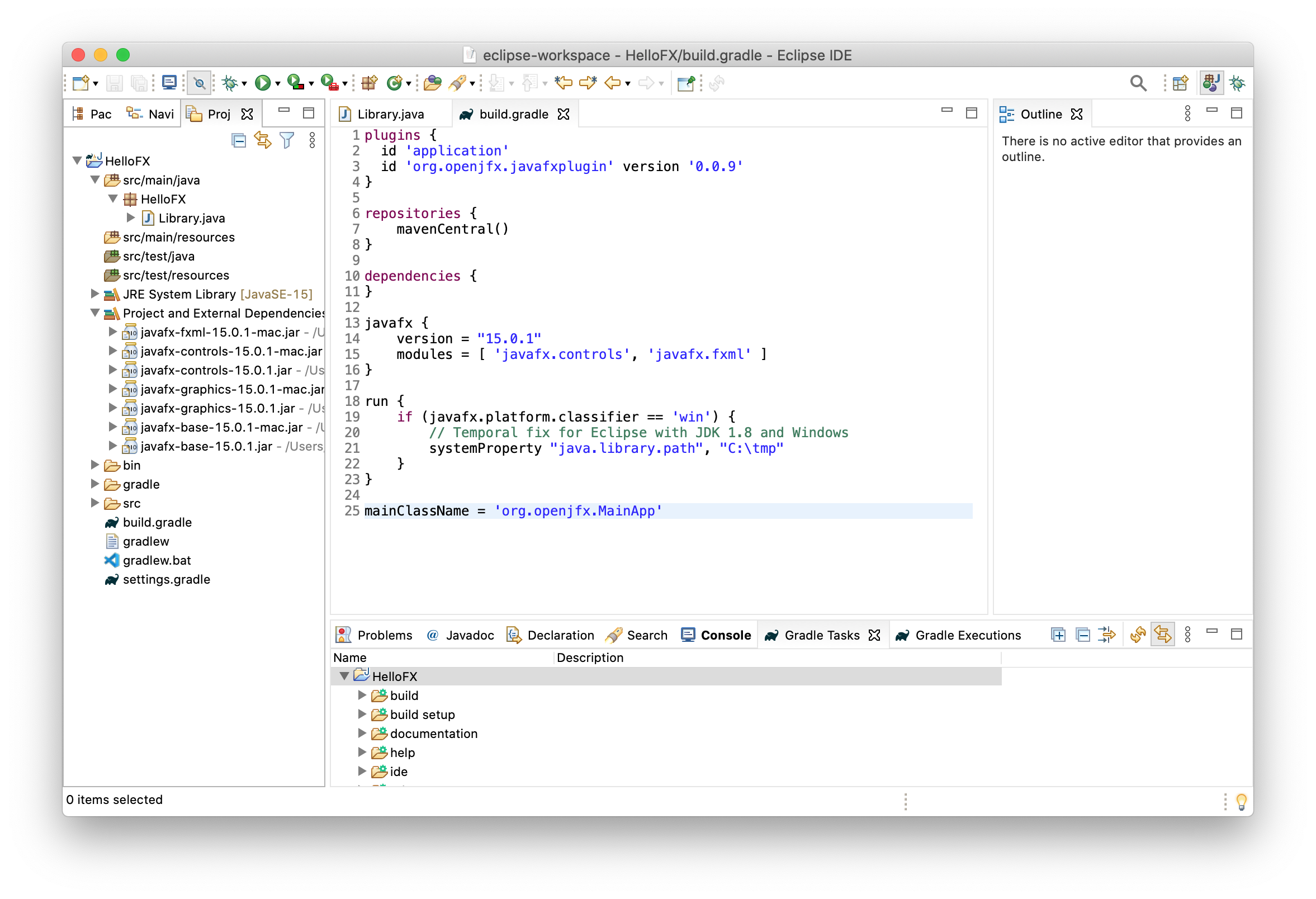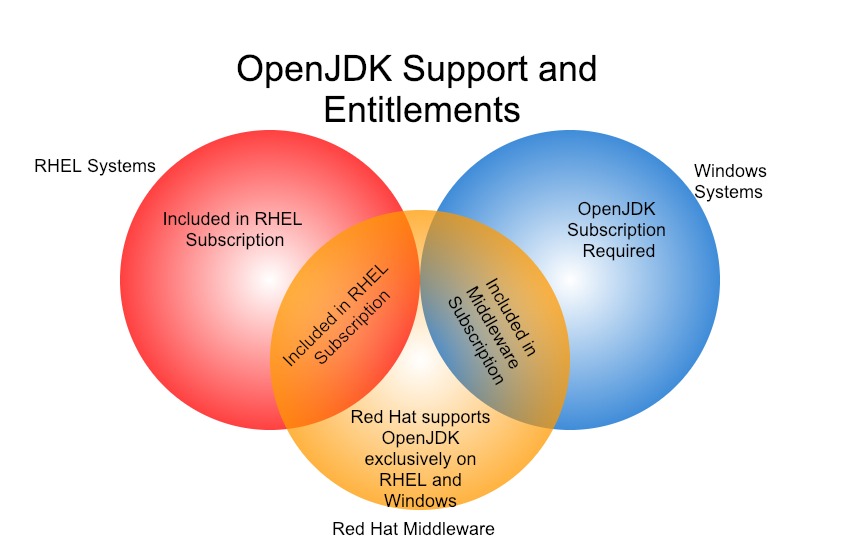Digital downloads are one part of the larger trend in making our lives - both professional and personal - cleaner, more efficient, and better. Continue reading to see what else you can do to improve your green computing.
Limit screen-saver use. A screen saver does not save energy. In fact, more often than not, a screen saver not only will draw power for the monitor, but also will keep the CPU from shutting down. Instead, set your computer to turn off the monitor first, then go into standby mode after a longer period of inactivity.
Disconnect your Virtual Private Network (VPN) when not actively using your corporate network. Being connected may limit your system's ability to enter standby mode.
Many popular computer games and other third party software packages that run in the background will not allow the computer to go to sleep - even if they are paused or the active window is minimized.
Some web sites or pages that have active banners and or animated advertisements will not allow the computer to sleep on its own and must be closed, or the computer put manually into a sleep state.
Enabled power management to place your monitor, hard drives and computer into a low-power 'sleep' mode after a period of inactivity.
Monitor/display sleep: Turn off after 15 minutes or less
Turn off hard drives/hard disk sleep: 15 minutes or less
System standby/sleep: After 30 minutes or less
Advanced users may wish to establish multiple power schemes to address different usage models. For example, you can create a power scheme for playing music CDs that shuts off your hard drive and monitor immediately, but never puts your system into standby mode.
To further reduce power consumption, turn off computing and peripheral devices that are not being used or being used for an extended period of time such as overnight.
Plug all your electronics into one surge protector, so you can easily switch them all off when you leave the room or go to sleep. Most power supplies (such as your cell phone charger) continue to draw power and generate heat even when not attached to a device.

If you download the .tar.gz for OpenJDK 11 direct from http://jdk.java.net/11/, there’s no obvious install instructions (at least that I can find) either on the OpenJDK website on in the .gz file. If you’ve done any fiddling with different JDK versions on MacOS before, you’ve probably come across the ‘/usr/libexec/java_home’ utility (see here for my previous article about this utility, and answers to this StackOverflow post which includes one of the most extensive and useful guides to running different JDK versions on MacOS that I’ve seen) which does a number of useful things relating to which JDK you’re currently using in your PATH:
/usr/libexec/java_home : shows you were the current JDK home is, eg:
I've created a web-based tool to make it easier to create a custom JRE from an OpenJDK 11 implementation (such as Oracle HotSpot, Eclipse OpenJ9, or Amazon Corretto) using jlink.The tool will give you the correct jlink command to run depending on your needs, and this will generate the JRE 11 you're looking for. I've also included a way to make a standard Java SE JRE 11 for those who just want. Mar 26, 2019 Install the OpenJDK 11 package, by running the following command: yum install java-11-openjdk-devel. In order to configure Red Hat JBoss Developer Studio or Eclipse to use the OpenJDK 11, follow these instructions. Red Hat Enterprise Linux 6 Installation. To install OpenJDK 11 on Red Hat Enterprise Linux 6. OpenJDK11U-jdkx64machotspot11.0.411.pkg.sha256.txt 111 Bytes. OpenJDK11U-jdkx64machotspot11.0.411.tar.gz 182 MB.
/usr/libexec/java_home -V : lists all installed JDKs, e.g.:

To switch between JDKs, use /usr/libexec/java_home -v version (e.g. 10):
Knowing that your available JDKs are installed to /Library/Java/JavaVirtualMachines/ by default, moving the contents of the downloaded OpenJDK 11 dir from inside the .gz file to the same location would make sense.
Once you’ve moved it there, java_home -V now shows the new JDK in place:


Updating my aliases to quickly switch versions in my .bash_profile, I now have:
Openjdk 11 Mac Os
Sourcing the .bash_profile (source .bash_profile) and then running each alias, now I’ve got OpenJDK 11 set up and ready to go!

